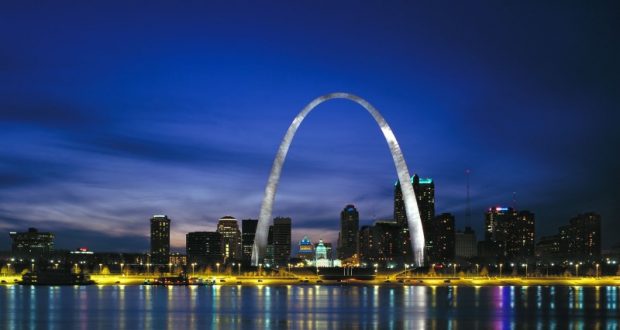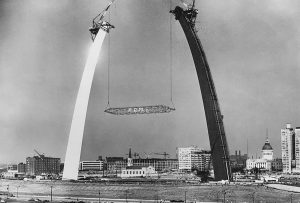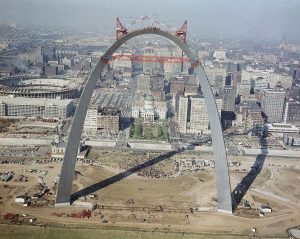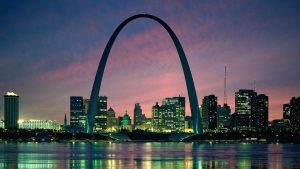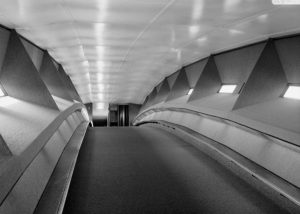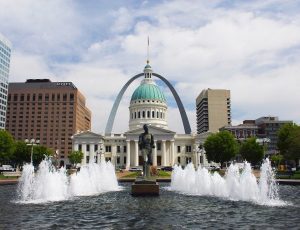By Sal Maccarone
The first time that I became aware of the Gateway Arch was from the air. On my way to give a woodworking seminar in St. Louis, Missouri, the plane was in a final descent. We banked for the downwind leg, and there it was just below. A magnificent stainless steel sculpture that was reflecting the Mississippi River, and the setting sun. It was 1997 before the age of smart phones so I had to ask, “What in the world is that?”
As part of Gateway Arch National Park, the polished stainless steel Gateway Arch is six hundred and twenty-three feet high. That is 60 stories! Built to commemorate the accomplishments of the 19th century American pioneers, the arch signifies the gateway to the west. It is the tallest accessible manmade monument in the western hemisphere, and it towers over everything.
Beginning in 1948, the city of St. Louis held a two-year competition to find the most outstanding design for an interactive monument. After sifting through sixty-eight submissions, Eero Saarinen won with his polished stainless steel catenary arch design. Besides being the most elegant design of the contest, this shape helps to carry vibration and wind loads back to the ground. The hollow shell built of composite steel, (stainless steel on the outside and carbon steel on the inside), is able to sway up to 18″ according to wind speeds.
Actual construction of the arch began in 1963, and the project was completed in two years. There was a lot of invention involved with building the enormous structure. It was built as two legs that connected in the middle. The distance between the two legs is equal to the height. Special adjustable cranes were designed to move upward after each new section was installed. Fitting the key piece in the middle was a real nail-biter though. The builders had to wait for the sun to heat up the legs enough for that center segment to fit in.
An amazing internal inclinator was added two years later in 1967. Moving up through the hollow structure for a four minute ride, it ratchets guests to the top observation deck. What a view! There is a lot of room up there, but the experience isn’t for the faint of heart!
Positioned two full stories below the arch are both the Visitor Center, and the Museum of Westward Expansion. The many museum exhibits focus on the role that the city of St. Louis played in the expansion of our country, including President Thomas Jefferson and the famous Lewis and Clark Expedition. As the smallest of our national parks at only 91 acres which includes the old St. Louis Courthouse, there is a lot of significance and history packed into the space.
In 1988, the Gateway Arch received a lighting system that can display up to 47 colors. Besides the wondrous illumination effects, the lighting is used to bring awareness to different causes, such as turning the arch all green on Earth Day.
Sal Maccarone

